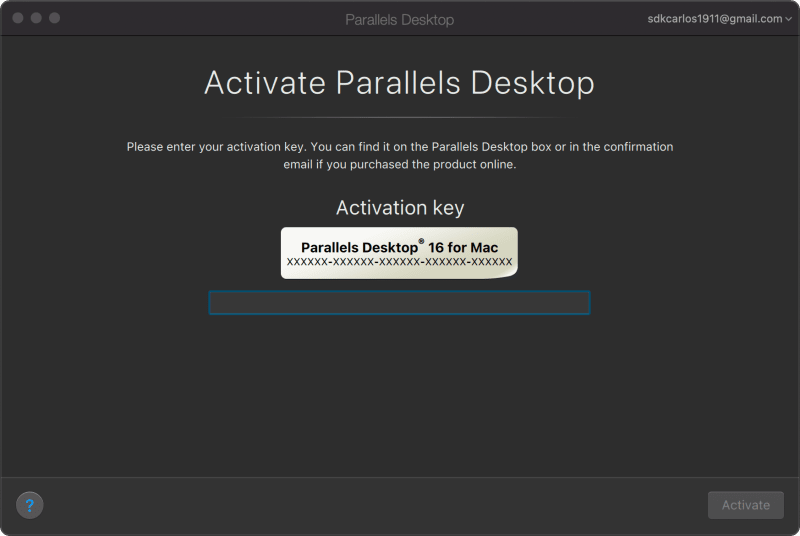

“With Parallels Desktop 10, we offer full support for Windows 10 in full-screen and window mode, but we do not in Coherence mode and that will not be changing,” Parallels spokesperson John Uppendahl told Ars in a phone interview.

You can run Windows 10 in a single window, but Coherence and Unity modes are crippled. That’s the situation with Windows 10 on the year-old editions of Parallels and Fusion. With Coherence Mode or VMware Fusion’s analogous Unity, each Windows application gets its own window, making it feel like you’re using just one operating system even though you’re actually using applications from both Windows and Mac.īut without Coherence or Unity mode enabled, all Windows applications are isolated in a single window that contains the whole Windows operating system.

You may have spent money on either Parallels 10 or Fusion 7 just a year ago, but that year-old software will only provide bare-bones support for Windows 10, which Microsoft released last month.Ī big selling point of Parallels is its “Coherence" mode, which lets you run Windows applications on a Mac as if they were native Mac applications. VMware should be following up soon with its next version, Fusion 8. Parallels on Wednesday this week is releasing its latest upgrade, Parallels Desktop 11 for Mac, with perpetual licenses costing $79.99 per device (or $49.99 if you're upgrading from version 9 or 10). If you want to use Windows 10 on a Mac with either Parallels Desktop or VMware Fusion, you’ll have to strongly consider buying a new version of your virtualization software of choice.


 0 kommentar(er)
0 kommentar(er)
